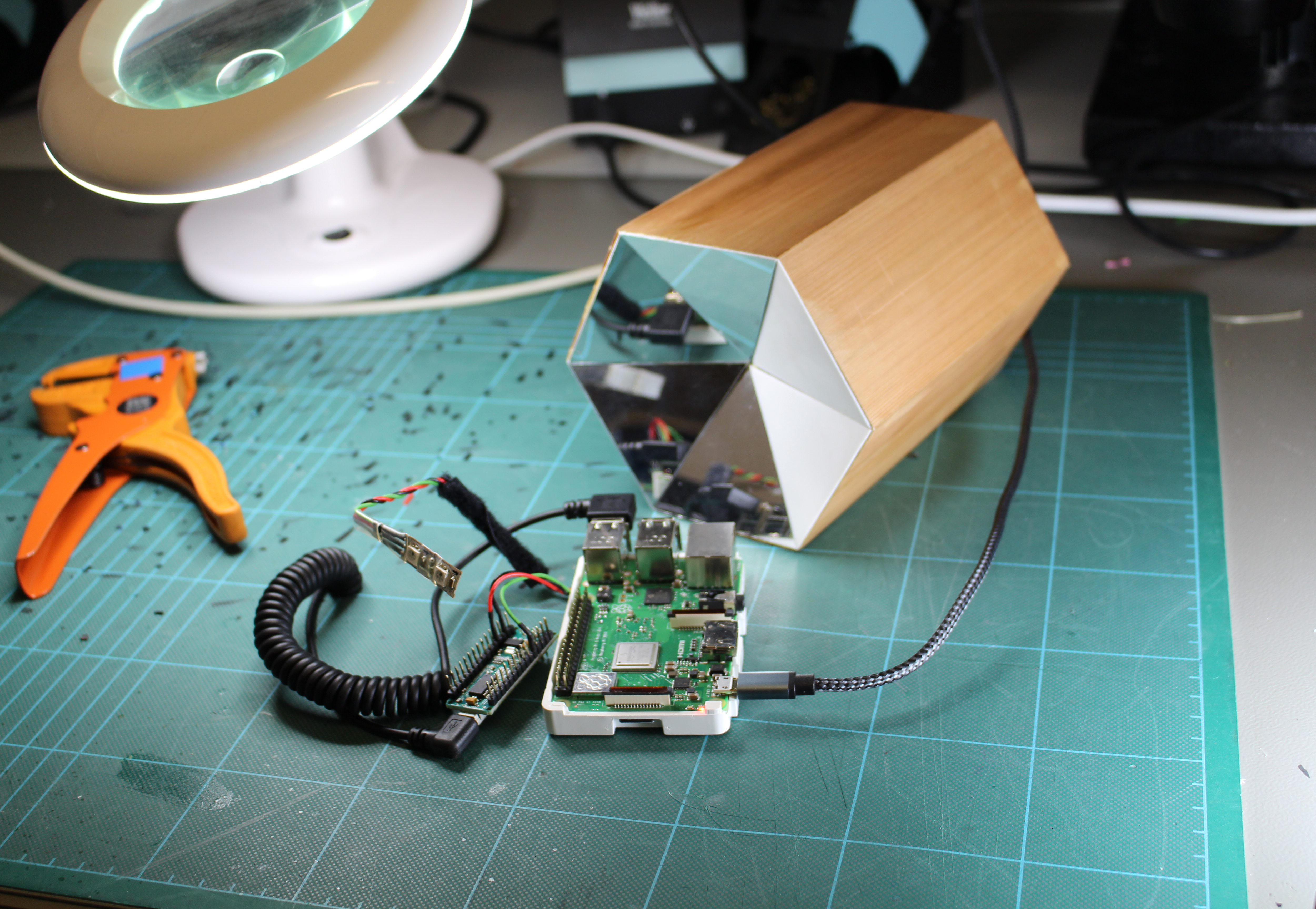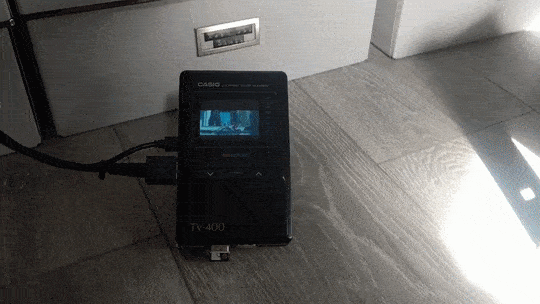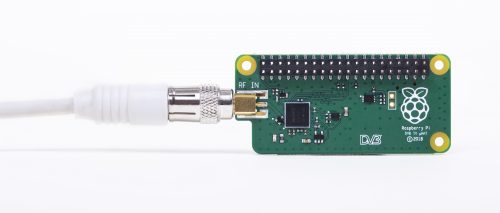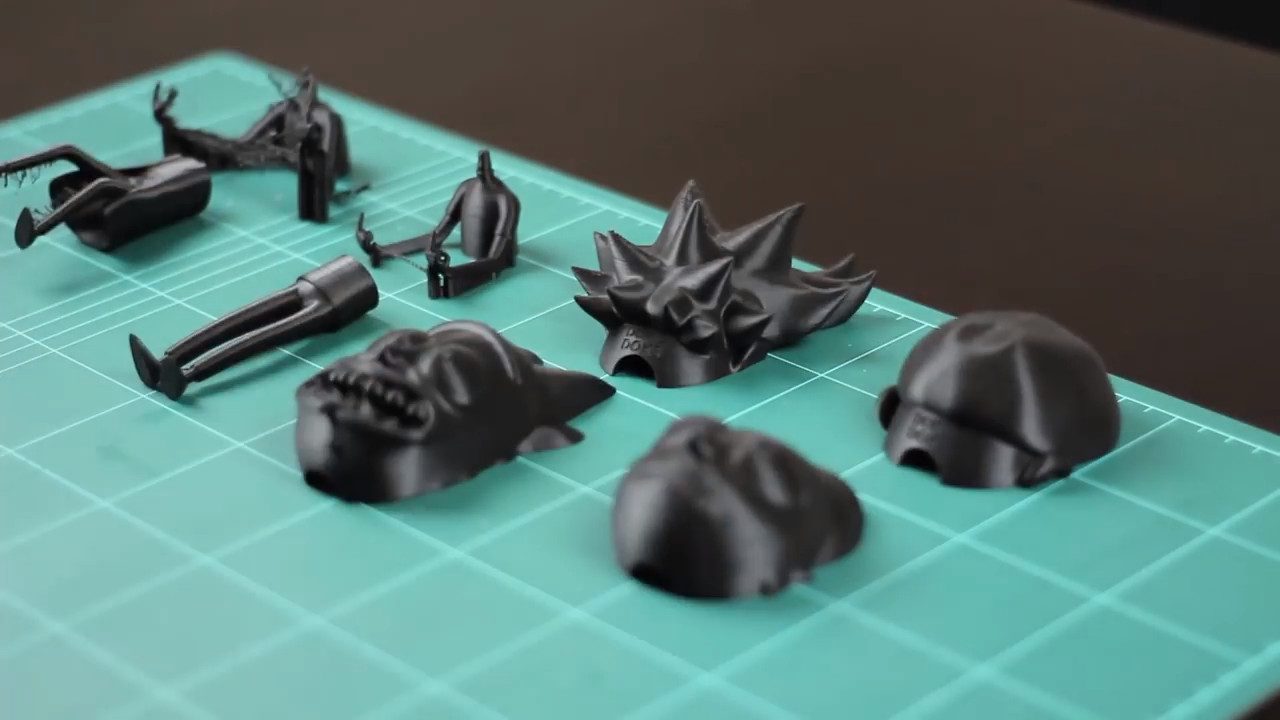Schlagwort: television
-

Securely tailor your TV viewing with BBC Box and Raspberry Pi
Reading Time: 3 minutesThanks to BBC Box, you might be able to enjoy personalised services without giving up all your data. Sean McManus reports: One day, you could watch TV shows that are tailored to your interests, thanks to BBC Box. It pulls together personal data from different sources in a household device, and gives…
-

Securely tailor your TV viewing with BBC Box and Raspberry Pi
Reading Time: 3 minutesThanks to BBC Box, you might be able to enjoy personalised services without giving up all your data. Sean McManus reports: One day, you could watch TV shows that are tailored to your interests, thanks to BBC Box. It pulls together personal data from different sources in a household device, and gives…
-

Retrofit a handheld Casio portable TV with a Raspberry Pi
Reading Time: 3 minutesWhat do we say to the god of outdated tech? Not today! Revive an old portable television with a Raspberry Pi 3! Pocket televisions In the late 1980s, when I was a gadget-savvy kid, my mother bought me a pocket TV as a joint Christmas and birthday present. The TV’s image clarity…
-

Introducing the Raspberry Pi TV HAT
Reading Time: 3 minutesToday we are excited to launch a new add-on board for your Raspberry Pi: the Raspberry Pi TV HAT, on sale now at $21.50. The TV HAT connects to the 40-pin GPIO header and to a suitable antenna, allowing your Raspberry Pi to receive DVB-T2 television broadcasts. Watch TV with your Raspberry…
-

Weekend Project: Get Schwifty with These 3D Printed “Rick and Morty” Bobbleheads
Reading Time: 4 minutesSpanish designer Antonio García (also known as Duke Doks) shows off how to create incredibly detailed 3D printed Rick and Morty bobbleheads. Seriously, these models will have you screaming wubba lubba dub dub! If you haven’t seen (or at least heard of) the critically acclaimed and unconscionably hilarious animated television series Rick and Morty,…





